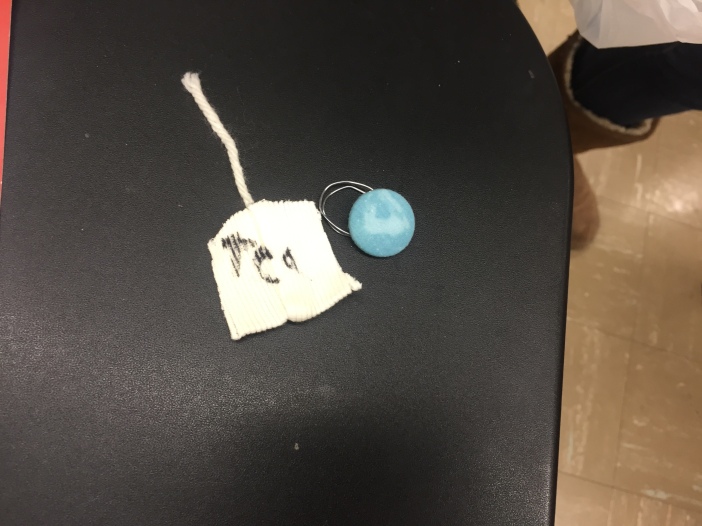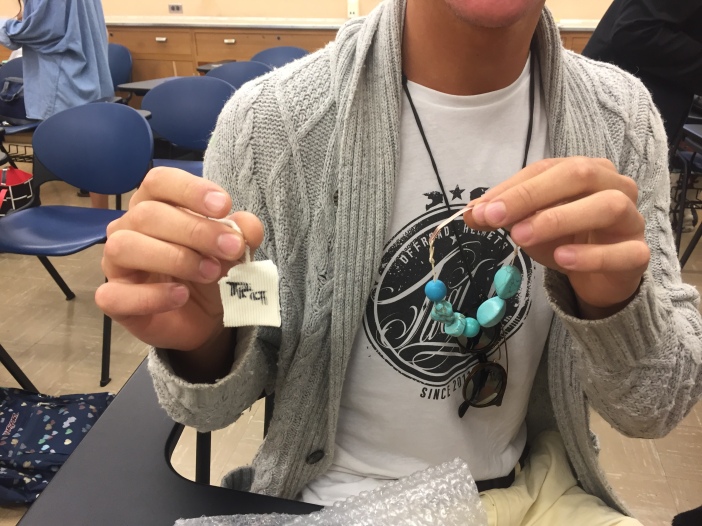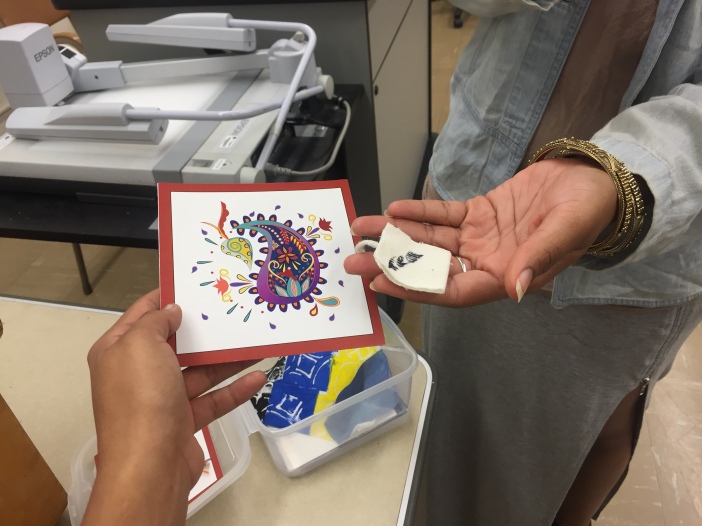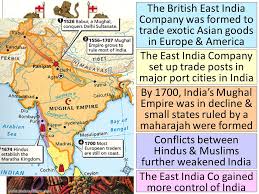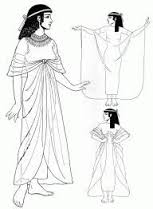Stacy Morales
Professor Lung
Art 2130
December 8, 2016
History of The Shawl: Kashmir Shawl
The Regency Era (1800-1837 was influenced by George the third and became known as the period of costume and fashion. This time period consisted of lightweight robes in which garments and other accessories were used to make this wear warmer. Tulle shawls were delicate and light and suited fine for evening dresses. White muslin net shawls were embroidered with tambour work, which is something resembling a drum in shape. In Norwich Connecticut, silk warp and wool weft twill shawls were made with a design similar to a Chinese design.
Kashmir shawls were the warmest regency shawls that were mainly made of cashmere wool. Kashmir is a historical region in northwest India. The shawls were originally denoted of a woven fabric rather than a particular dress piece. The most beautiful quality made from fine wool with woven and embroidered patterns were genuine Kashmir shawls. Shawls were traditionally worn as a scarf, a mantle and a turban. They were the most useful and attractive accessories. The draped shawls highlighted classical effects that women in England strived for. Kashmir shawls were considered a prize in this era. Changing tastes in fashion through this era meant the fashionable way of wearing Kashmir shawls changed throughout the years. Eventually the shawls were copied by manufactures in Britain. They were especially found in near the towns of Paisley and Norwich. Paisley made reversible shawls that were woven, and later Norwich cut costs to beat their competition and started to print the shawls. By the Edwardian Era, Paisley printed even cheaper shawls and bought shillings that were worn by the lower class. Once the lower class started wearing the Kashmir shawls the upper class started to reject them.
In India, the shawls were essentially worn by males. The fineness of the shawl was seen as nobility. The origins of the industry in Kashmir are unknown. More than a hundred years ago, the founder was Zainulabidin. He was said to have introduced Turkistan weavers for the purpose of the Kashmir. Traditional weaving in India was considered the proper technique, which has similarities in Persia and Central Asia. Western textile historians call it the twill- tapestry technique because of the similarities in traditional Europe tapestry weaving techniques. Wooden spools insert the wefts of the patterned part of the fabric. Wefts threads alone already create a pattern, but do not run the full width of the cloth. Weaving back and forth round the warp thread only where a certain color is needed. Twill tapestry technique was slow and required a lot of labor. The patterned section of a shawl was produced on a single loom. If a wealthy person requested a shawl to be made it meant that it might take eighteen months or more to complete. When designs became more complicated a new practice was introduced of dividing the work of a single shawl among two or more looms. This helped the process of a shawl to be produced faster. With the help of two or more looms the process sped up rapidly. After various parts of the design on the shawls were made, they were handed over to the needle worker who joined them together. The joins were so tiny and fine that it is almost impossible to see them.
At the beginning of the nineteenth century, the needle worked shawl was ornamented with the needle on a plain-woven ground. The type of shawl with an entirely needle worked pattern in the nineteenth century was unknown. It had not occurred the merchants that simulation of the loom woven patterns by a much more simple process of needle embroidery on a plain ground required less time, skill, and outlay. Ali Baba, a seamster, produced the first needle worked imitations for the market at a third of the cost of loom woven shawls. Saving money was a big part, which as a result made huge profits and this branch of the industry rapidly expanded. The material for Kashmir shawls was traditionally fleece that is derided from animals. The animal as a natural protection against the cold climate grew the fleece.
Overall the shawl is a great part of history and is being used now in trendy ways all around the world. The shawl is very common and is worn by people of all ages, gender, and color. It can also be worn in various ways such as around the neck, around the head for religious purposes, or in any way that suits peoples interest.
Left: Can be used as a Scarf/shawl
Right: Can be used as a turban/hijab
How to Knit a Scarf Video (CLICK ME)
References
Brief history of shawls(link)
1800 Accessories(link)













